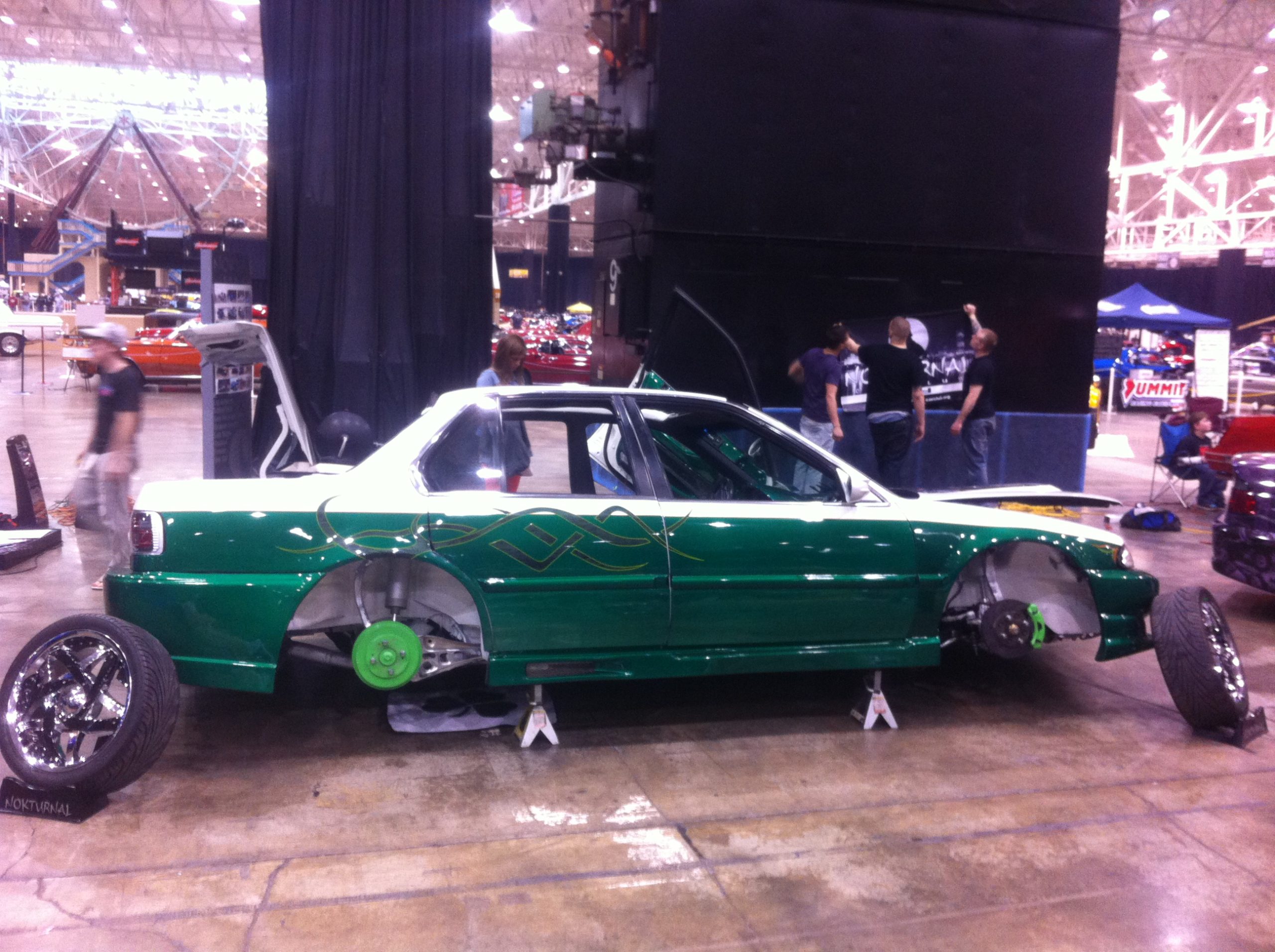When it comes to your chassis, every part makes a difference in the overall longevity of your car, truck or SUV. Your air suspension purchase should be no different. Adding inferior parts to your air suspension lift or drop system is going to create headaches in the future.
There are a number of components involved with air bag kit and drop suspension kit. Understanding each component is a vital piece of information to have when considering a static to adjustable height custom air suspension conversion. There are also many air systems on the market that do not include every piece of hardware that you may be looking for and in some cases are not needed depending on the application and geographic location.
COMPRESSORS (CIRCUIT DESIGN AND THE PARTS ASSOCIATED WITH THE 12 VOLT CIRCUIT)
The compressor is said to hold the entire weight of the system. This terminology is used because it is the most overworked part in your complete air ride kit. All air compressors will get hot, even the factory units get hot and overworked and can fail prematurely because of getting overworked. Unlike factory compressors, aftermarket custom air ride compressors are mainly very high duty cycles which allows for longer run times and can handle a lot more heat during these longer cycles.
The compressor or compressors work with two other components (not including the power source) to complete the circuit and only allow the compressor to run when its needed (low pressure in tank). These two other components are the pressure switch or compressor control interface, and the relay. Each component is vital to the operation of the compressor and its longevity. The compressor control interface is our lingo for a controller which controls the on and off settings with your compressors. Some digital computer controllers for air suspension give you the option to set the high and low pressure on and off points dynamically, within the controllers interface. If you do not have this type of controller then you are most likely using the traditional PSI Switch, and relay. For an example of the way this standard circuit is wired check the diagram below:

TANK SIZE AND COMPRESSOR RUN TIMES, MATCHING YOUR VOLUME AND POWER
A good starting industry standard point for reference is the 3 gallon, and single 480c compressor combination. The run time for this can be expected to take approximately 4 minutes at 150psi from 120psi or less when it turns on. It is important to find a good compressor & air tank match so your compressor is not over running to keep up with the demand of air. If you are looking for an air ride system that will allow constant play time with very little breaks, then you need to find the right combination that works for you. There are a lot of factors that go into this including vehicle weight, how much pressure is require for full up movement with the air bags as well as the amount of compressor power required to fill that amount of air tank volume in a reasonable time. Again the baseline industry standard for a decent run time of 3-4 minutes uses a single 480c compressor and 3 gallon tank combination. Add an additional 3 gallon tank and a second compressor for more initial lift and anything above the dual tanks and compressors is basically adding play time. On a side note, I have seen this combination be used up to 4 times, which allowed for 12 gallons of capacity at 150psi.. That is definitely enough air suspension power for anyone.
WATER TRAPS, DO YOU NEED THEM OR IS IT JUST EXTRA COST?
A water trap is a device that usually connects to the air input of any pneumatic storage unit (like a tank) or before any pneumatic inline parts. This device removes and stores any moisture as it passes thought, to ensure any air within the system is completely dry. Do you need this on your air suspension system? Many think it is overrated and pointless while others live by them everyday.
I’m my years of air suspension experience I rarely used water traps, mainly due to the cost. As times change and these parts become easier to manufacture the parts get more affordable. The short answer to this is Yes, water traps are very important. They may be less important to some of our customers due to there geographical location on the continent, but they are still SUPER useful to have and can even save a few headaches along the way.
With water traps you can grantee that the internal components of your air suspension system stay dry which also means less corrosion. Less moisture in the system also prolongs valve life by keeping seals new, prevents sticking during any freeze and also most importantly keeps your digital gauge or controller sensors dry and free from premature failure.


